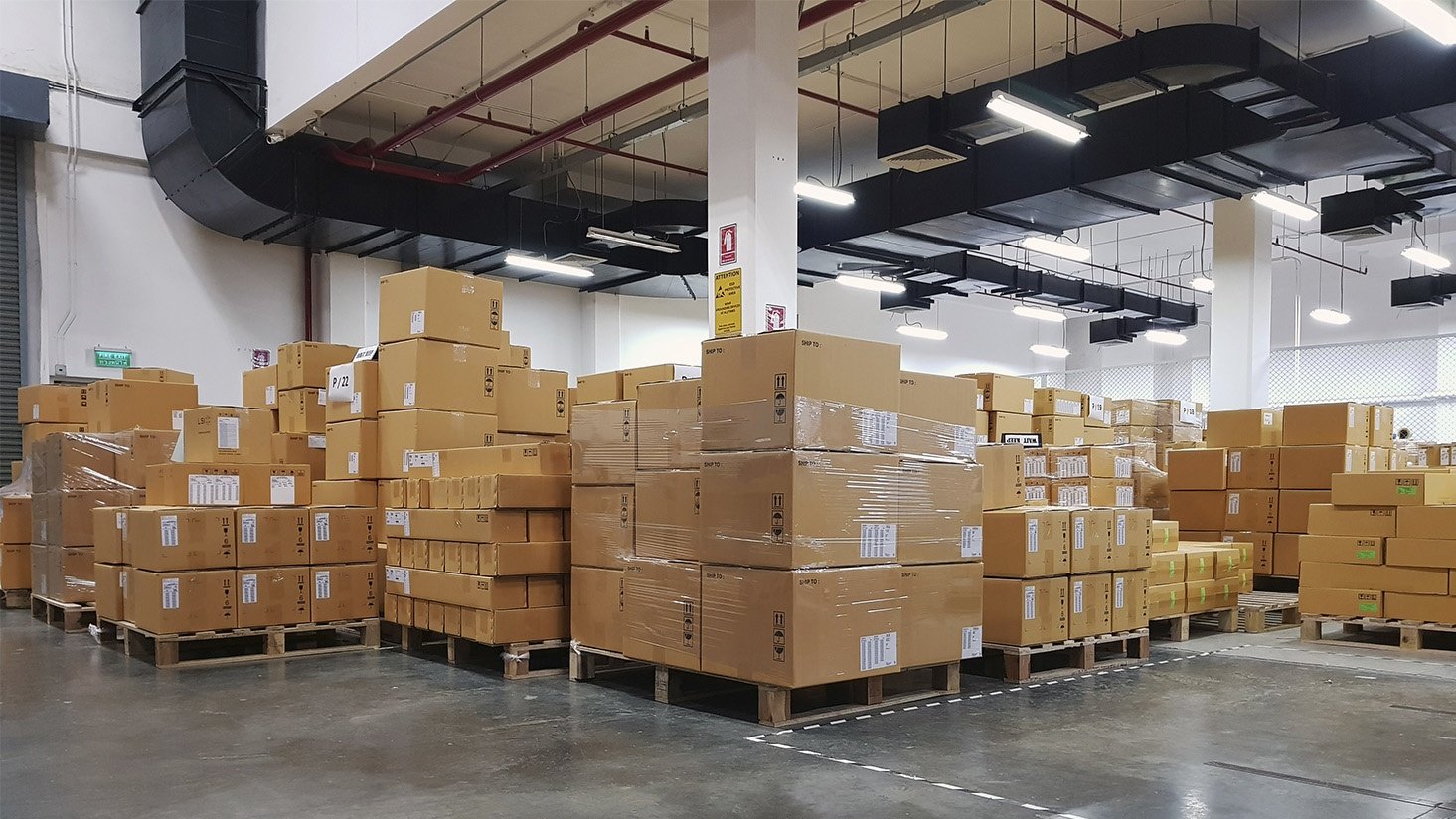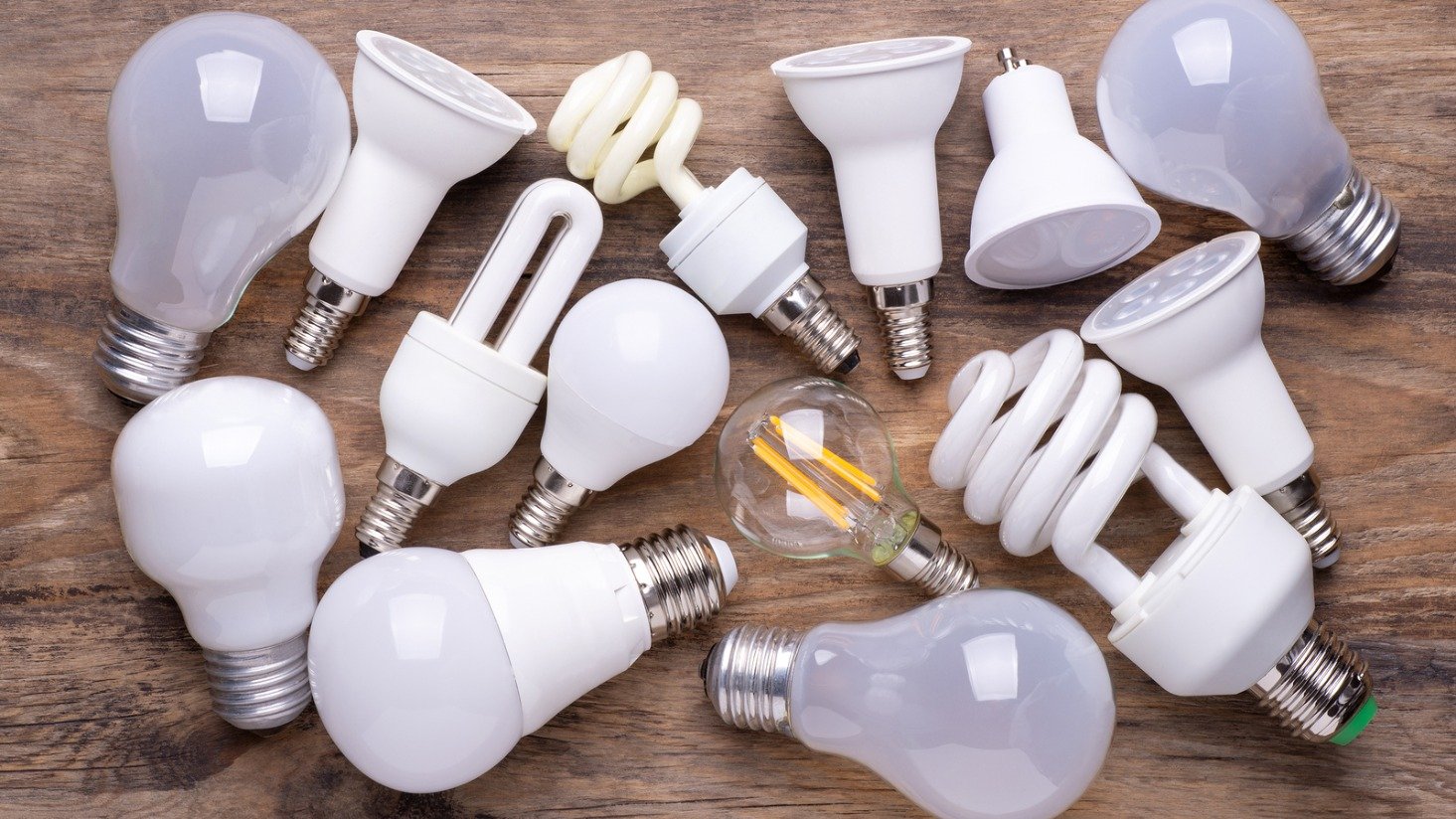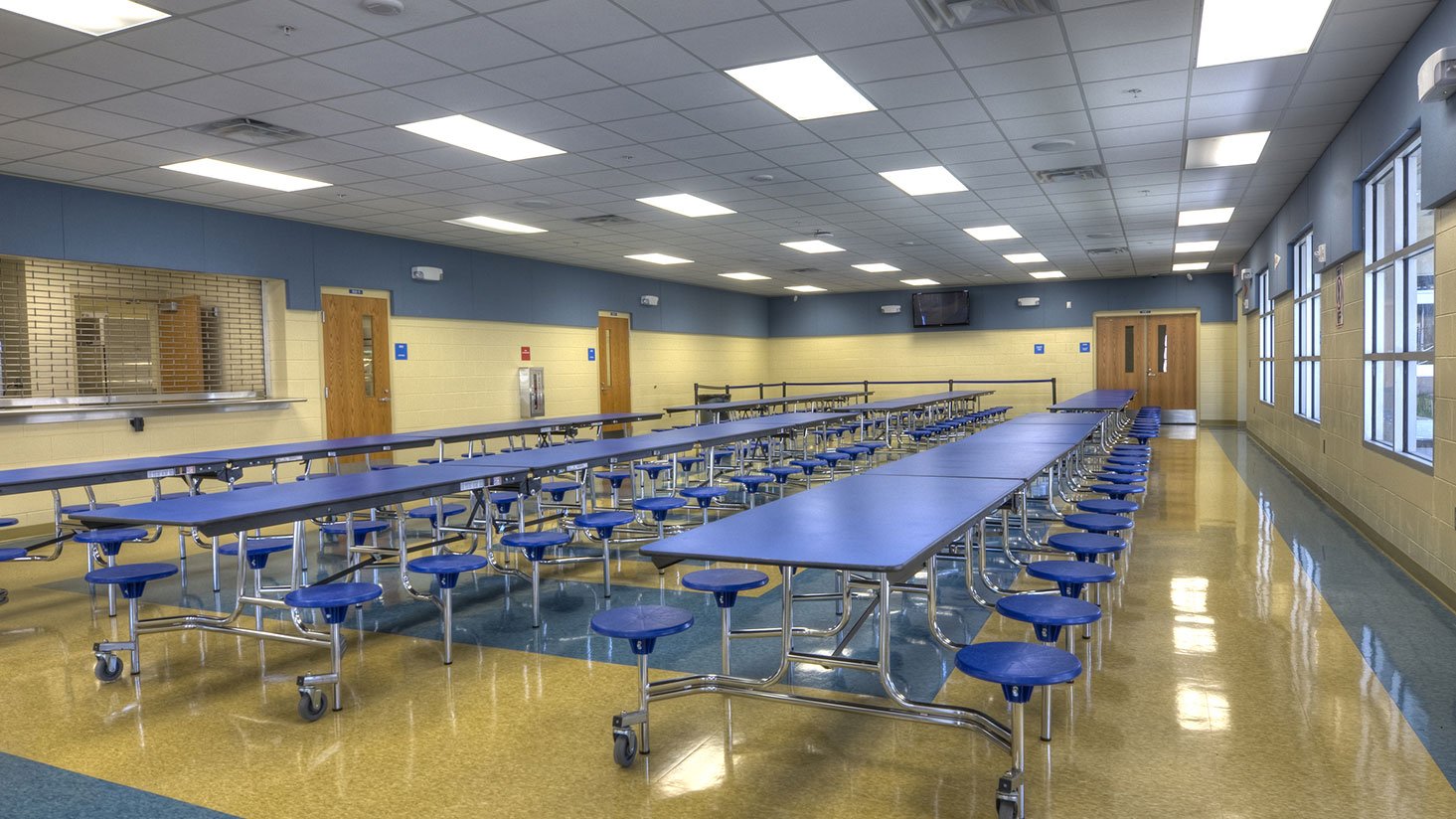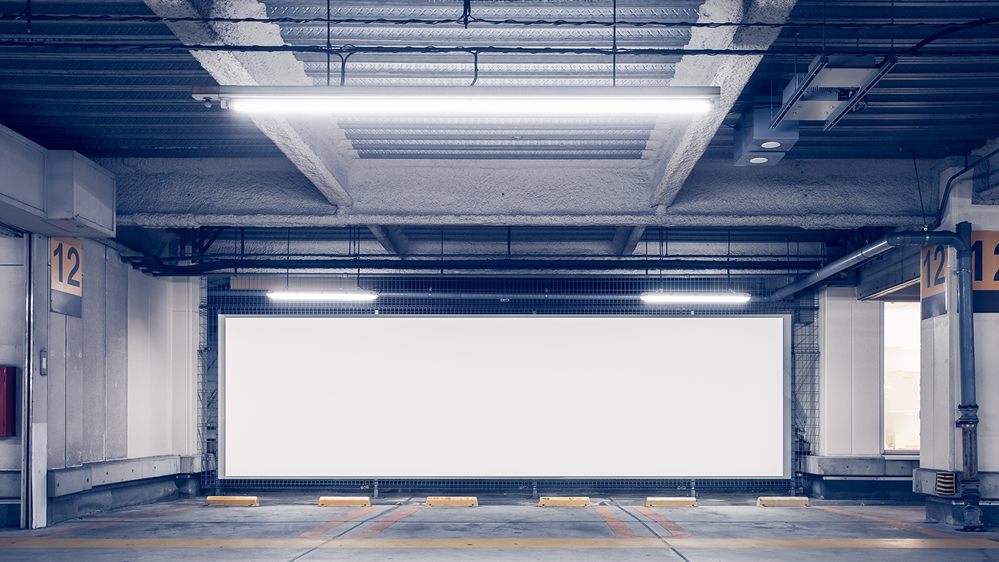Answering your fluorescent lighting questions [Ask the expert series]
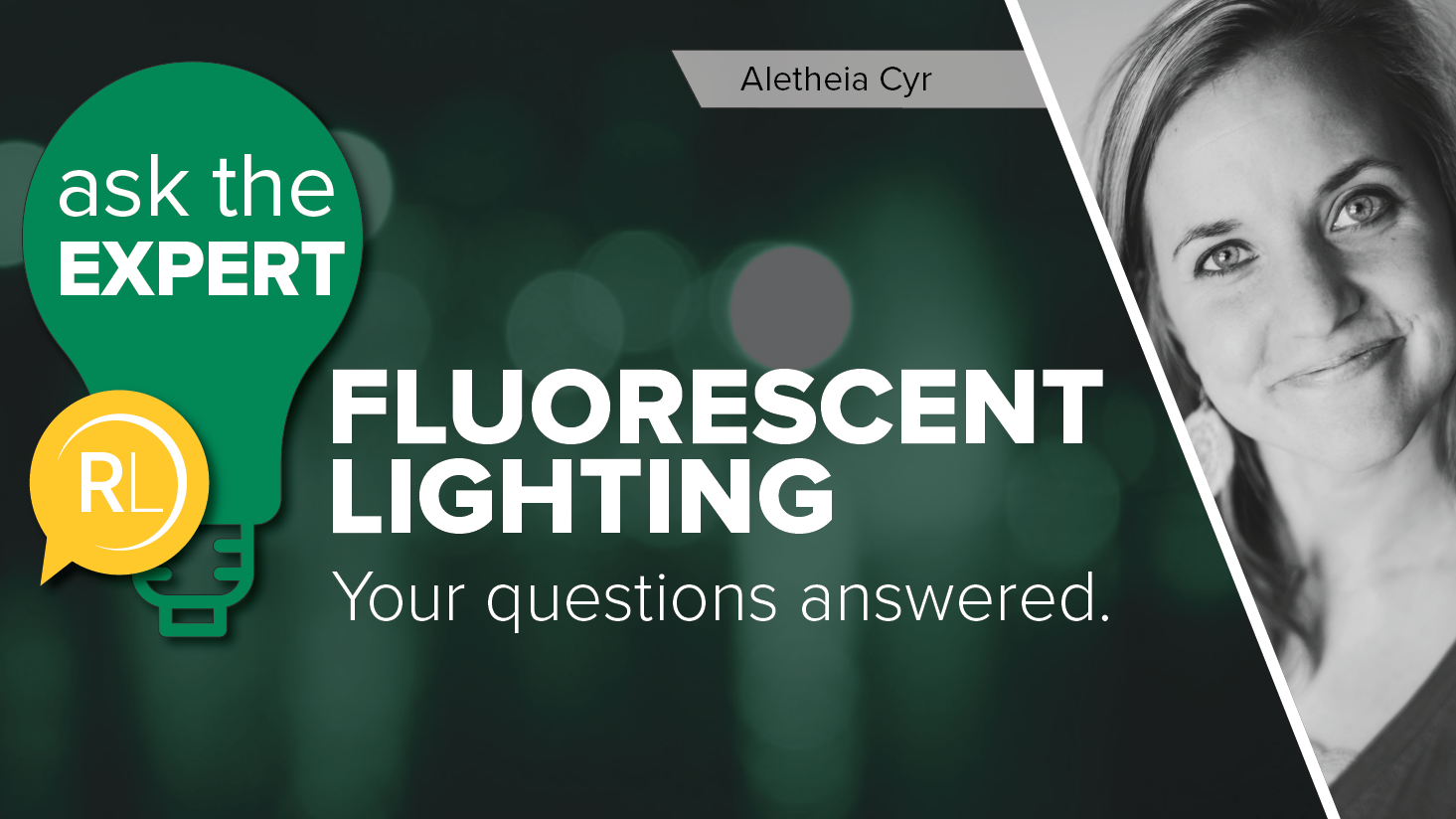
Although LED lighting is the most popular and one of the most efficient lighting options right now, our team still faces a lot of questions on fluorescent lighting. Aletheia Cyr, our training and development specialist, helps walk through some of the most common questions we receive on fluorescent lighting.

Fluorescent lighting is a kind of lighting technology that depends on a chemical reaction inside of a glass tube to create light. This chemical reaction involves gases and mercury vapor interacting, which produces an invisible UV light.
That invisible UV light illuminates the phosphor powder coating the inside of the glass tube, emitting white "fluorescent" light.
To learn more about how fluorescent lighting works, read this article.

There's a variety of fluorescent lamp types and sizes depending on the application you're lighting.
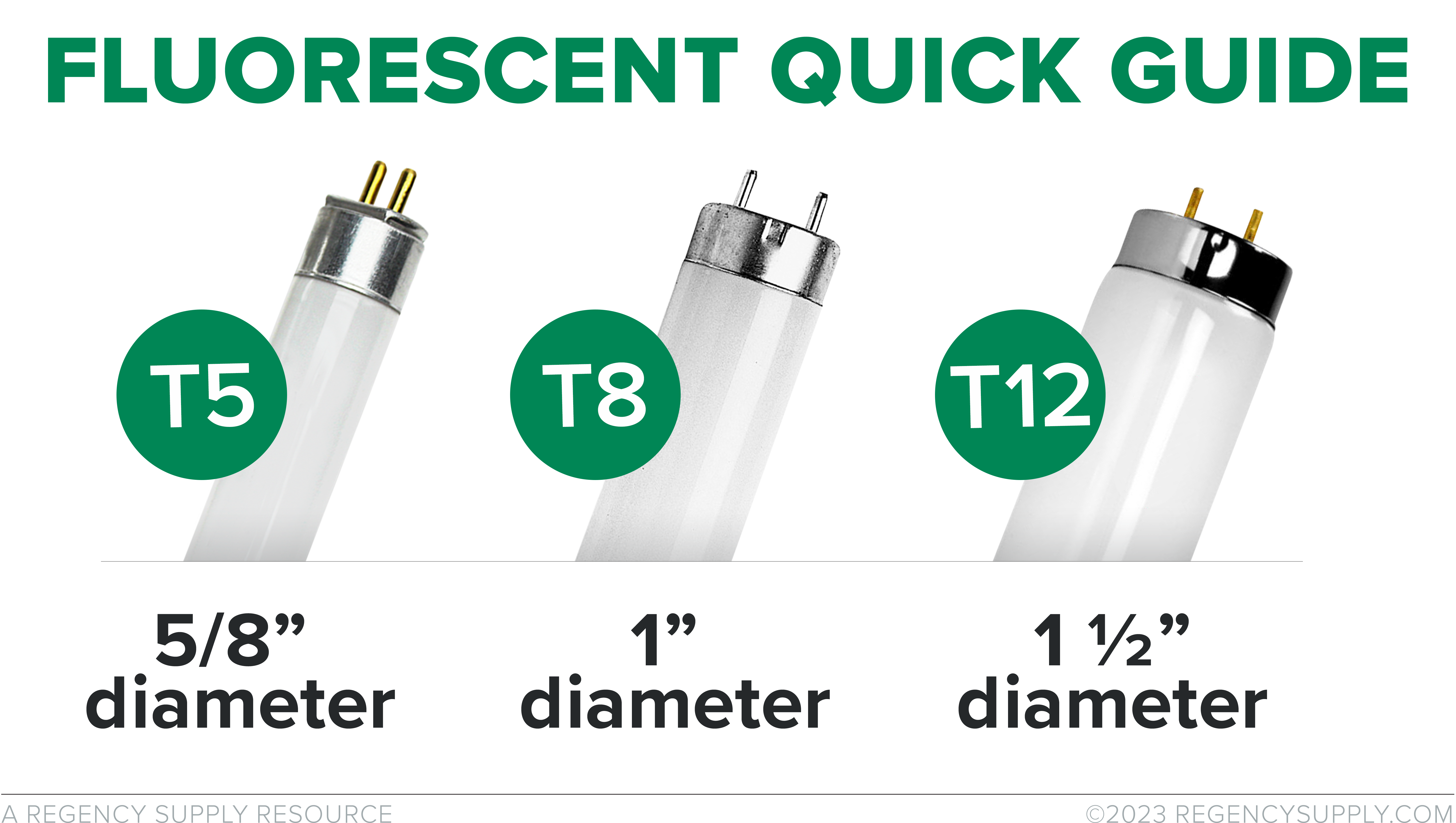
T12 tubes are 1.5 inches in diameter. These are the oldest of the fluorescent tubes and they most commonly run off magnetic ballasts, which are no longer manufactured.
T8s are 1-inch diameter fluorescent tubes, and they are the most prevalent of all fluorescent tubes. Four-foot T8s, in particular, are used everywhere.
T5 tubes are 5/8 of an inch in diameter. These are the newer development among these three fluorescent tubes and also produce light very efficiently.
To learn more about fluorescent lamp types and their sizes, read this article.

Understanding how to read a fluorescent light bulb part number is helpful if you need to buy replacement lighting. However, there are significant differences between compact fluorescent and linear fluorescent lighting.
Starting with a compact fluorescent light bulb example:
CF32DT/830/ECO
CF32DT – The first section in the part number tells us the shape and wattage of the lamp. There can be some manufacturer nuances in this section.
830 – The second section in the part number tells us the CRI series and Kelvin temperature of the tube. There can be manufacturer nuances in this section.
ECO – In the industry, we call this final section the "description." And there can be multiple descriptions or none at all. But these descriptions are different from manufacturer to manufacturer.
For a linear fluorescent light bulb, reading the part number is very similar. Instead of the "CF" in the beginning which stands for "compact fluorescent", it would have an "F" for linear fluorescent. For example, this is a common part number for a four-foot T8 fluorescent: F32T8/TL741/ALTO.
To learn more about compact fluorescent light bulb part numbers, read this article. To learn more about linear fluorescent light bulb part numbers, read this article.

A ballast interacts with the lighting mechanism to control, regulate and, ultimately, stabilize the light output of a fluorescent light bulb. A device used with an electric-discharge lamp to obtain the necessary circuit conditions (voltage, current,
To learn more about what a ballast is and how it works with fluorescent lighting, read this article.
Ballast factor is calculated by dividing the lumen output of a lamp-ballast combination by the lumen output of the same lamp(s) on a reference ballast. A ballast factor of <1 means that your fluorescent system will produce less light (lumens) than the reference ballast and a factor of >1 means it will produce more light. Ballast factor can also be an indication of how much total energy your fluorescent lighitng system will draw.
To learn more about ballast factor and fluorescent lighting, read this article.

If you're ready to replace your fluorescent tubes with LED lighting there are a few different retrofit options for you.
The lowest upfront cost option: Anything that's 17 watts or greater
These lamps are typically less than $10 and still give you plenty of energy efficiency. You can use an existing ballast with them and they last around 36,000 hours.
Highest light output option: 15 watt lamp
These lamps are around $17 and have a superior light output of 2,200 lumens.
Most energy efficient option: 12 watt lamp
This lamp is about $13 and lasts about 50,000 hours, giving good maintenance savings.
To learn more about retrofitting from fluorescent tubes to LED, read this article.
For a complete guide to fluorescent lighting, check out our Linear Lighting Playbook.






